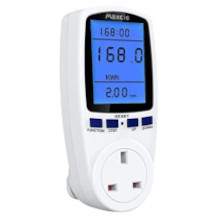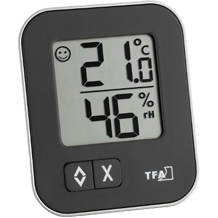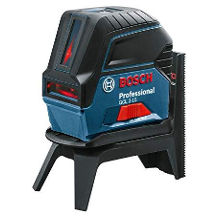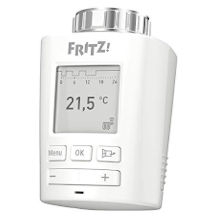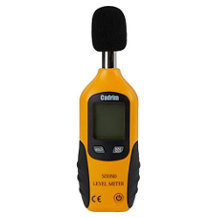Wire tracer purchasing advice: how to choose the right product
- What You Need to Know
- Pipe locators help you to find pipes and cables in the wall. This is how you avoid accidental drilling when doing DIY.
- Depending on the device, you can check for one or more materials in the wall.
- Inexpensive devices often only detect cables carrying alternating current.
- Higher-quality products, on the other hand, are able to find even non-metallic building materials.
What do I need a wire tracer for?
If you want to hang a shelf in your home, you usually have to drill a hole in the wall to insert dowels and screw a screw into the wall. However, it may happen that there is a power cable or other line behind the wall where you are drilling, which you would damage by drilling. Since these cables and lines are almost always buried, you cannot spot them with the naked eye.
When it comes to the names for these helpful little devices, the German language is surprisingly diverse. In addition to the terms wire tracer and wire finder, wire finder, locator, beam finder, multidetector, current detector, current finder, cable finder and cable finder are also common. It is an electrical device that can locate various non-visible objects in walls, ceilings and floors. These can be
- Gas pipes,
- water pipes and sewage pipes,
- electrical lines, i.e. power lines,
- mounting irons,
- stud constructions and
- plastic empty pipes.
How do wire tracers work?
The exact mode of operation depends on the individual models. The detection of metal, copper and wood usually works as follows: After you switch on the device, it starts emitting electromagnetic waves through walls, floors or ceilings behind it. The waves can still detect these materials even if the covering material, for example the wall, is up to twelve centimetres thick.
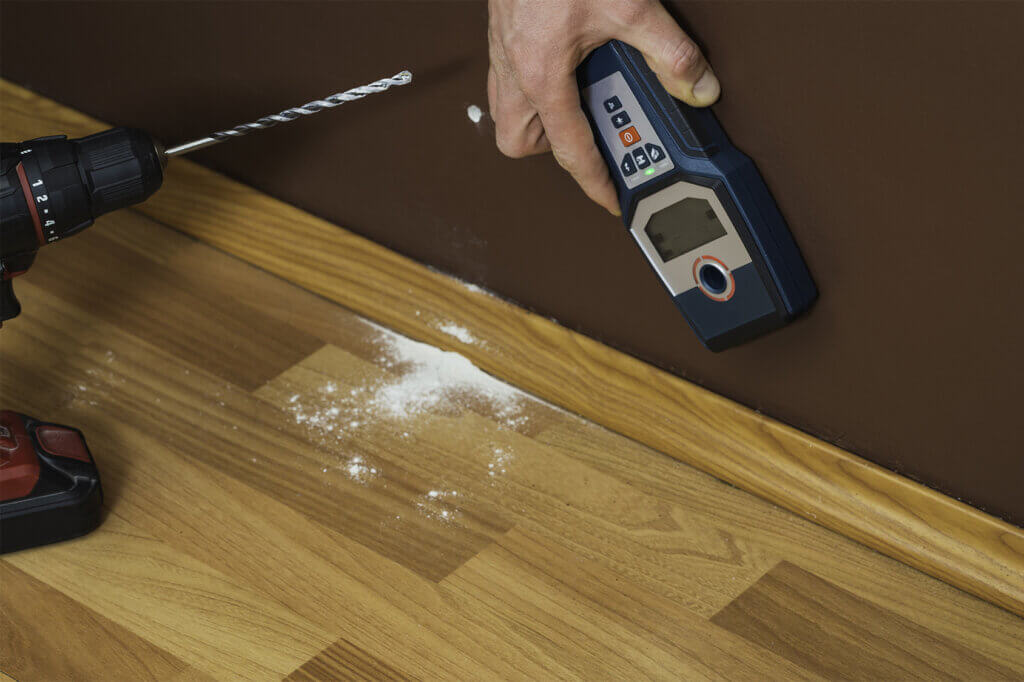
As soon as the waves hit an object, for example a power cable, measurable changes occur in the electromagnetic field. If the wire tracer has registered a corresponding change, it reacts with an acoustic tone or a visual display.
Four different modes of operation
There are four different types of line locators.
- Passive electromagnetic induction: Models with this method are quite simple. They detect power cables with alternating current flowing through them in the wall.
- Inductive measurement: These locators actively generate a magnetic field and check the signal response depending on the material installed in the wall. They are metal detectors.
- Capacitive measurement: By generating an electric field and testing the signal response, non-metals such as wood can also be detected. These devices are also called beam detectors.
- Radar: These extremely high-quality devices generate electromagnetic waves in the radio frequency range and test the resulting signal response. These models are even able to detect empty as well as filled plastic pipes. This can also be a sewage pipe made of plastic, for example.
Many pipe locators also combine several of the methods mentioned. Due to the high price, the radar function is only built into very high-quality locators. Often several sensors of the same type are included, which you often have to calibrate before use.
Which materials can be found?
The majority of line locator models are comparatively simple devices with few setting options. They are very easy to operate, often have only one indicator light and can often only find power lines. With some devices, you have to set which type of material you want to find. Sometimes you also need to pre-select the wall material.
Depending on the device, faulty measurements can occur with damp substrates such as fresh screed or fresh concrete, or with hollow building materials such as wooden bricks.
High-quality devices evaluate electronically
Higher-quality testers measure specific values and process them with a microcontroller. These variants can also have an acoustic signal output or a simple display option. As a rule, however, they have a display and, depending on the model, can show the distance and even the type of material.
Good models can also distinguish between magnetic and non-magnetic metals. The latter include, for example, copper pipes or aluminium profiles.
Plastics can only be detected with special equipment
With the vast majority of models it is not possible to detect plastics. However, nowadays more and more empty plastic pipes are being installed in walls. To be able to detect plastics nevertheless, there are special devices, such as the Bosch D-tect 150 Professional wallscanner. However, this additional function is also reflected in a high purchase price of just under 600 euros.
Common working method: induction
In many cases, the devices work with induction. This means they build up a magnetic field around themselves. Thus, they also react to objects nearby that are not in the wall, but in the immediate vicinity in the room. A watch with a metallic part on the wrist or a ring on the finger can falsify the measurement result. Therefore, remove such metallic objects before use, if possible.
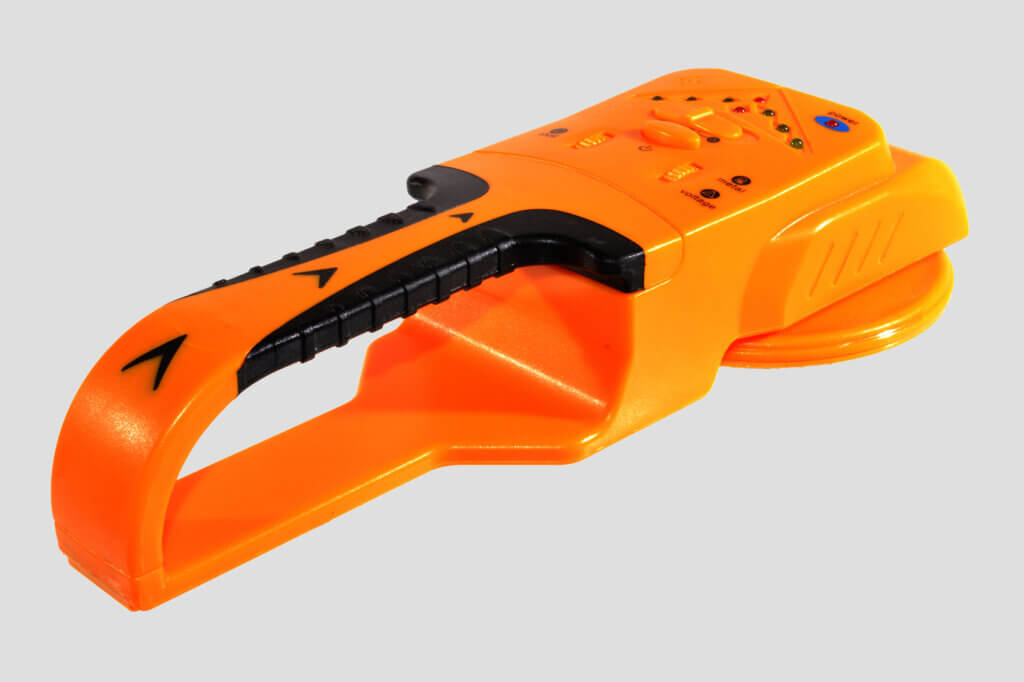
Some devices can also be set to react only to live cables. Metal objects in the vicinity will then no longer trigger a false alarm.
Device calibration
Some models need to be calibrated before use. To do this, place the line locator on the surface to be tested and switch it on for calibration. This way, the line tester determines the specific values of the wall. Then slowly move it to the area to be tested.
Avoid static charge
To avoid measurement errors, it is advisable to guide the wire tracer slowly over the surface several times rather than frantically. By placing your free hand flat on the wall during the measurement, you minimise the risk of static charge as well as incorrect measurement.
Always connect a consumer to find power lines
Finding power lines works best when you plug an electrical appliance into a nearby socket and switch it on. In this case, a lot of electrical current flows to the socket. A cable running in the wall is therefore more likely to be traced.
Can smartphone apps be an alternative?
Google’s Play Store and Apple’s App Store are full of apps that are supposed to make it possible to find electrical or water lines with the help of the magnetic sensor built into the device. Some developers also offer special smartphone cases with sensors that are connected to the smartphone via the micro-USB interface, for example. However, the reliability varies greatly depending on the smartphone and app provider. Even in a quick test with three different apps, we did not get any clear results in the vicinity of a power socket. Such an app may be useful for private use, but professional users will probably dismiss it as a gimmick because of the way it is operated and the inconclusive results.
Differentiation from multimeters
Multimeters superficially resemble wire tracers and are therefore often confused with them. However, they function quite differently and are not suitable for finding leads. Instead, they are used to determine various measured variables at sockets and in electrical circuits. These include voltage (volts), current (amperes), resistance (ohms) and, in the case of alternating current, frequency (hertz).
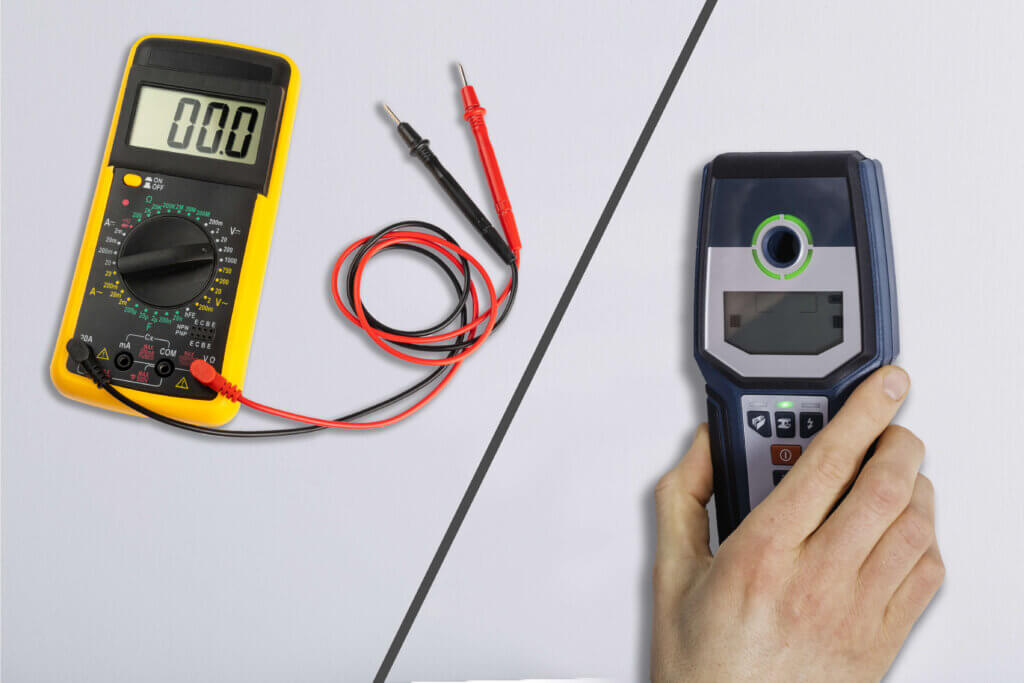
What happens if I hit a line?
Detection can help you avoid drilling the wrong hole. In a harmless case, drill a hole in a place that is not suitable for receiving a plug, for example, due to wooden panelling or an aluminium profile in the wall. Then you cannot attach the desired picture or shelf and have an unsightly hole in the wall. This is annoying, but not really dramatic. It is worse and more dangerous if you hit an electricity, gas or water pipe. Only a specialist is allowed to repair or replace a damaged pipe section. This applies to electricity- and gas- and water-carrying fittings.
Power line
In the case of power lines, the best protection is a fuse that pops out if the power line is damaged and disconnects the cable from the power supply. Otherwise there is a danger of a life-threatening electric shock. To be on the safe side, it is a good idea to switch off the main fuse in the electricity box and call a specialist.
Gas pipe
A hole in the gas pipe is rather unlikely, but by no means harmless. If possible, turn off the gas main. In any case, avoid sparks from light switches or flat bells and, if in doubt, call the fire brigade. Switching off the main power fuse is a good idea. However, remember to leave the building quickly. There may be a danger of explosion.
Water pipe
As a result of tapping a pressurised water pipe, a large amount of water can quickly flow out of the pipe. Try to turn off the main tap supplying water to your flat or house. If in doubt, call the city or water company or, in an emergency, the fire brigade for help.
Sewage pipes are more difficult to find. They are often made of plastic and drain waste water from washbasins, bathtubs, showers or toilets. They therefore only carry water at this time and are otherwise empty. This makes them difficult for locating devices to find. Only radar-based systems, such as the Bosch D-tect 150 wallscanner, are able to detect these pipes.
If you have drilled into a sewage pipe, there is no need to panic at first. This damage can be repaired with a pipe clamp, for example. You may have to uncover part of the wall to do this. Again, if in doubt, consult a professional. It is more annoying if you do not notice the damage. Over time, small amounts of sewage seep into the wall, which can lead to mould stains, mildew and unpleasant odours.
Known brands
König | MAKA | Brennenstuhl | Fluke | Beha | Eligant | Testboy | SKIL | Laserliner | Burg Wächter | Black&Decker | Stanley | KWB | Zircon | Incotex | PCE-Instruments


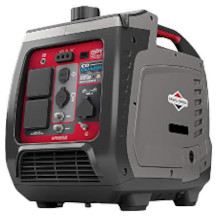
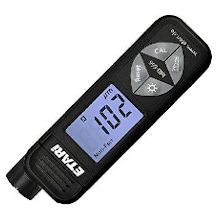

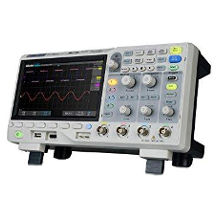
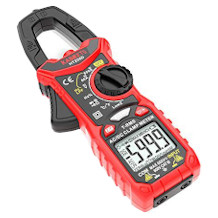
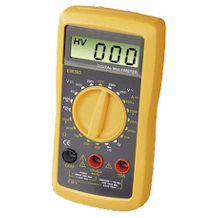
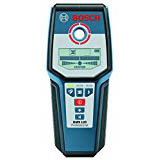
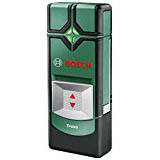
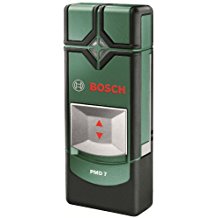

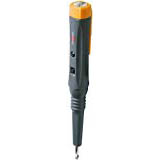
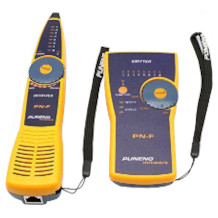
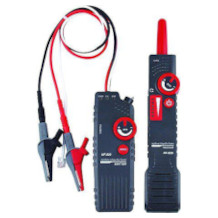
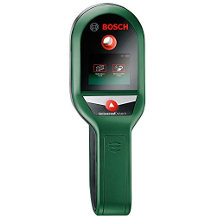
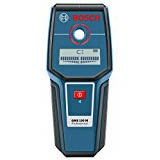
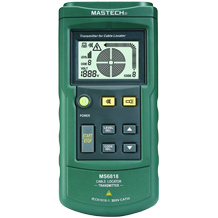
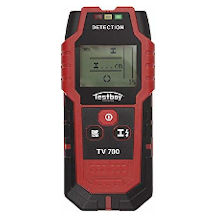
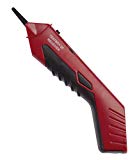
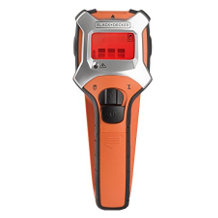

 3,330 reviews
3,330 reviews


